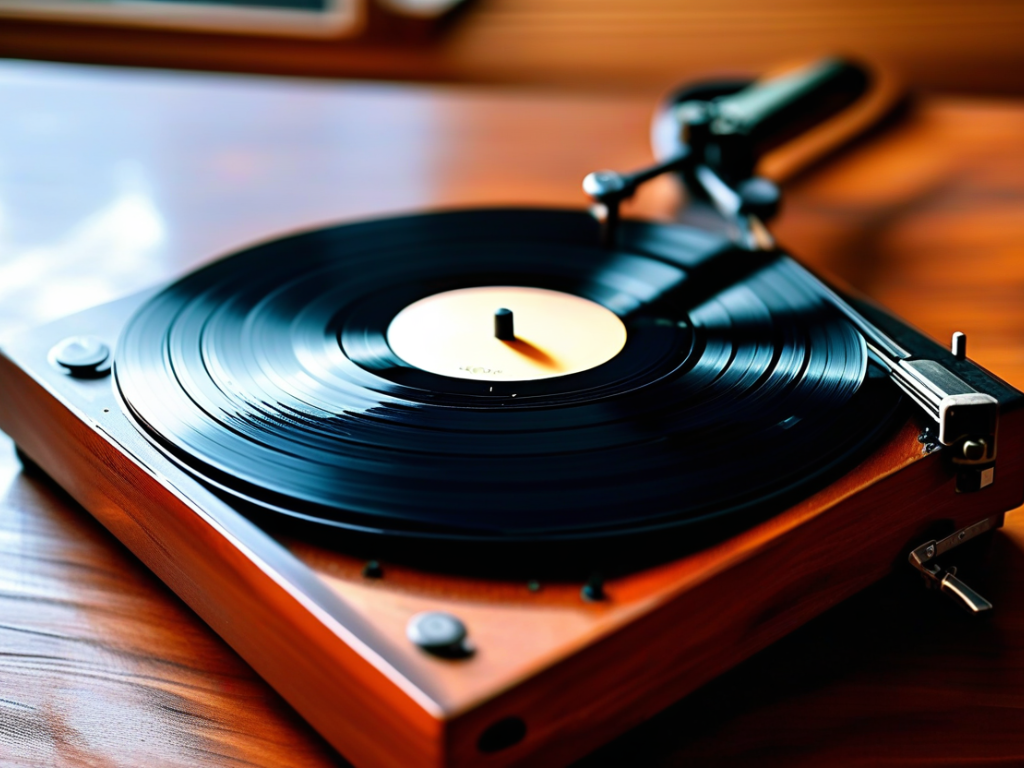Throughout history, music players have undergone a fascinating evolution, transforming the way we experience and interact with music. From the nostalgic crackle of vinyl records to the convenience of streaming services, the landscape of audio technology has continuously evolved to meet the changing needs and preferences of music enthusiasts. Let’s embark on a journey through time to explore the evolution of music players, from the analog roots of yesteryears to the digital marvels of today.
In this article you will find:
- The Era of Vinyl Records
- Case Study: The Technics SL-1200
- The Rise of Compact Discs
- Real-Life Example: Sony Discman D-50
- The Digital Revolution and MP3 Players
- Comparison: iPod Classic vs. Streaming Services
- The Present and Future of Music Players
The Era of Vinyl Records
Before the digital age took center stage, vinyl records reigned supreme as the primary medium for music playback. With their warm, rich sound and large cover art, vinyl records created a unique listening experience cherished by audiophiles worldwide. The intricate process of spinning records on turntables and delicately placing the needle on grooves added a tactile element to music consumption that many found irreplaceable.
Case Study: The Technics SL-1200
The Technics SL-1200 turntable, introduced in the 1970s, quickly became an iconic symbol of audio excellence, setting the standard for DJing and audiophile playback. Its precise direct-drive mechanism and durable construction made it a favorite among music enthusiasts and professionals alike, showcasing the craftsmanship and attention to detail that defined the analog era.
The Rise of Compact Discs
In the 1980s, the advent of compact discs (CDs) revolutionized the music industry, offering crystal-clear sound quality and skip-free playback. With the transition from analog to digital audio, CDs provided a more convenient and durable alternative to vinyl records. The introduction of CD players brought digital music into households worldwide, paving the way for a new era of music consumption.

Real-Life Example: Sony Discman D-50
The Sony Discman D-50, released in the late 1980s, was one of the first portable CD players to gain widespread popularity. Its sleek design, anti-skip technology, and impressive sound quality made it a must-have device for music lovers on the go, demonstrating the portability and convenience that digital music players could offer.
The Digital Revolution and MP3 Players
With the rise of digital music formats like MP3 in the late 1990s, music consumption underwent another significant transformation. MP3 players, such as the iconic Apple iPod, made it easy to carry thousands of songs in your pocket, revolutionizing how we listen to music on the go. The convenience of digital downloads and streaming services further democratized access to music, allowing listeners to curate personalized playlists and discover new artists effortlessly.
Comparison: iPod Classic vs. Streaming Services
While the iPod Classic revolutionized personal music libraries with its expansive storage capacity, streaming services like Spotify and Apple Music have taken music discovery to new heights. With vast catalogs of songs at your fingertips and personalized recommendations, streaming services have become the go-to choice for many music enthusiasts, offering a never-ending stream of music exploration.
The Present and Future of Music Players
Today, the landscape of music players continues to evolve, with a diverse range of options catering to different preferences. High-resolution audio players, wireless headphones, and smart speakers equipped with voice assistants are just a few examples of how audio technology has advanced in recent years. As we look to the future, innovations in audio quality, connectivity, and user experience promise to shape the way we engage with music in the digital age.
From the nostalgic charm of vinyl records to the convenience of streaming services, the evolution of music players is a testament to the enduring power of music in our lives. As technology continues to push boundaries and redefine the listening experience, one thing remains constant—our love for music and the incredible devices that bring it to life.

